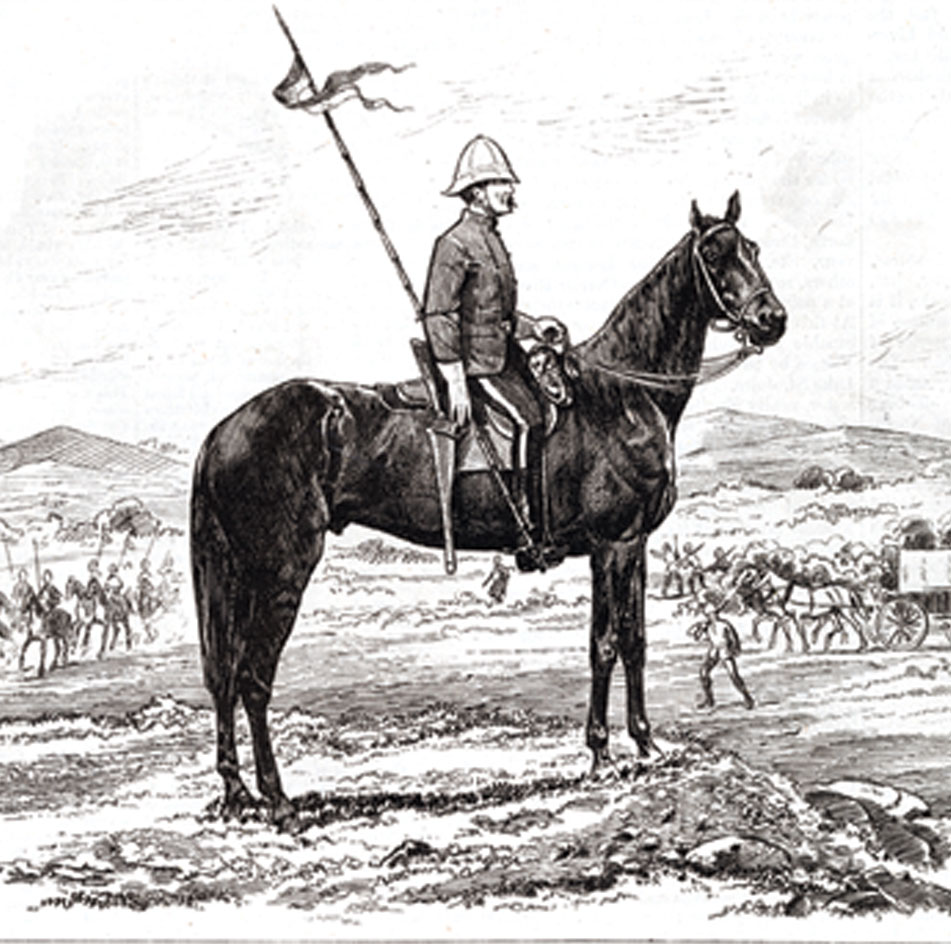
When Canada bought Rupert’s Land from the Hudson’s Bay Company in 1870, it needed to police those millions of square kilometres, so in 1873, the North West Mounted Police was formed by an act of Parliament.
Successful applicants had to be males between the ages of 18 and 40, of sound constitution and good character. The pay was one dollar a day and their first job was to clean up the whiskey trade on the southern Prairies.
On July 8, 1874, 300 men set out from Dufferin, Man., on a two-month odyssey across the Prairies. They dealt with the whiskey traders, went on to put down the 1885 Métis resistance against the government, and policed the Klondike gold rush. Crowfoot, the inspirational leader of the Blackfoot, said, “The Mounted Police have protected us as the feathers of the bird protect it from the frosts of winter.”
On Feb. 1, 1920, the Royal Canadian Mounted Police was created through the merger of the NWMP and the Dominion Police, a force that had been established in 1868 to enforce federal laws.
The phrase “The Mounties always get their man” stemmed from the 1932 pursuit of Albert Johnson, also known as the Mad Trapper of Rat River, across the North. Johnson had wounded an RCMP constable in a shootout in the Northwest Territories, then fled. It was January and bitterly cold, but the ensuing chase covered 240 kilometres on foot and lasted a month and a half. In the end, the Mounties caught up with the Mad Trapper, who was fatally shot on the frozen Eagle River in the Yukon.

Four years later, American actor Nelson Eddie appeared in the movie Rose Marie, cast as a Mountie who hunts down a man who has killed an RCMP officer. It was a hit, and featured Eddie singing “Song of the Mounties” (“Far over the snow…they sing as they go”). Eddie wore the signature red serge uniform in the film, and it became the image that was set in the imagination of film audiences around the world.
In real life, the RCMP was occupied with intelligence work while fears of Bolshevik infiltration were still a government concern as the Depression dragged on. This concern gained credence in 1945 when defecting Soviet Embassy staffer Igor Gouzenko revealed evidence of a Soviet spy network in Canada. In the 1960s, Vancouver postal clerk Victor Spencer was caught gathering information for the Soviet Union, sparking new worries. Immediately in the wake of this revelation came the news that some Conservative cabinet ministers under prime minister John Diefenbaker had ties to a German woman named Gerda Munsinger, who was also involved with Russian agents. It fell to the RCMP to determine the extent of Russian infiltration, an ongoing political theme that continues today.
Since then, the RCMP have dealt with separatists, drug dealers and criminals of every description. From the 300 men who set out across the Prairies in 1874, the organization has grown to more than 30,000 men and women.
Advertisement












